Adolfo Dollero, an Italian writer and traveler, during his pilgrimage through Havana to write the volume Cultura cubana, published in 1916, visited the largest confectionery factory on the island. He could not help but admire this industry that, in just a few decades of existence, was already a national pride:
Imagine an immense mountain of sweets, chocolates, cookies, worth $1,500,000… Such is the enormous annual production of this factory that, founded in 1889, leaves far behind all similar industries existing in Cuba, due to the importance it has acquired.
The public of Havana does not realize that the finest and best-presented items in the confectionery shops come directly from this admirable factory, all items that about 15 years ago were almost exclusively imported from abroad.
At the end of the 1880s, several factories in the island’s capital made chocolates and other confectionery. Among the most popular were La Habanera and El Modelo Cubano, both located on the centrally located Obispo Street, and La Tropical, on Jesús del Monte.
Regarding La Estrella, the exact year of its inauguration has not been able to be determined. Dollero, in the cited work, says that it was in 1889. Other authors refer that it was founded at No. 117 San Miguel Street, by the Catalan Antonio Gasol Civet, in 1868. It is also stated that it began to produce under the name of Chaverri y Compañía, on November 21, 1881, according to research by Guillermo Jiménez Soler.
When reviewing the Diario de la Marina I was able to confirm that at the beginning of the 1890s it belonged to Manuel Vilaplana Alemany and Luis Cajete Guerrero and was registered as Vilaplana, Guerrero y Compañía. In 1893 the brands of chocolate produced in Havana were the following: Mestre y Martinica, La Colonial, La Estrella, Isla de Cuba and La Tropical.
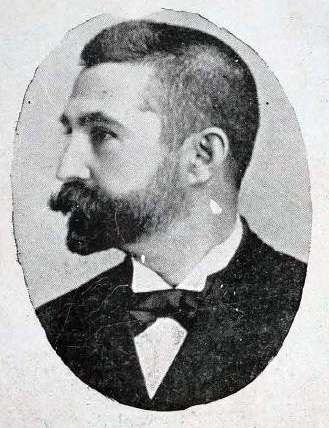
Months after the end of the independence war they tried to patent the brand for sweets and chocolates La Estrella de Occidente, but the Secretariat of Agriculture, Industry and Commerce denied the request in November 1899 and also imposed a fine for the improper use of the brand for La Flor Gallega chocolate.
The year 1900 was more promising. At the Paris exhibition, they successfully presented their chocolates, cookies, sweets, candies, and fruits in syrup. The disintegration of the company and the formation of a new one with two new partners, Ernesto Barnach Calbó, of Catalan origin, and Antonio Gasol Civit, were announced to the press. In 1901 the factory was already located at No. 62 Calzada de Infanta, opposite the old bullring. They had a wide range of facilities with modern technology. The Diario de la Marina, in a report dated January 4, tells us:
At the indicated spot on Calzada de la Infanta, Mr. Vilaplana and Mr. Guerrero and Co. have built a large building with the honors of a palace, expressly built for their prosperous industries. On the ground floor, there is the chocolate factory; on the main floor there is the fine biscuit factory; and on the second floor there is the candy, jams, and bonbons factory; all of this is so select, so well presented, so elegant and so tasty, as it could have come from the most refined factories in Paris or New York…
The machine has replaced the work of man to a surprising extent. By mechanical procedures, with ideal cleanliness and speed, given to whoever wants to visit those departments, all operations are carried out until the already prepared paste goes to the cold chamber constantly maintained at a temperature of zero degrees.
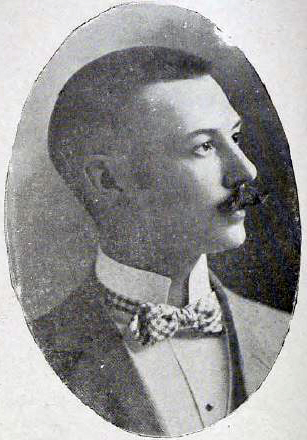
The company had 130 workers under contract and also had a building, attached to the main one, to make sweets in syrup and preserves with fruits produced in the country and a workshop where they built the wooden and tin containers. Despite this progress, they still had to overcome bureaucratic hurdles. In 1902, the Secretariat of Agriculture, Industry and Commerce did not approve the La Estrella brand for preserved sweets. However, the fine chocolates they produced were already known by this name. On February 21 of the following year, they received a visit from the President of the Republic, Tomás Estrada Palma.
Consolidation of the company
The first decade of the 20th century marked the expansion of the industry’s production and trade. In addition to the well-known La Estrella and Tipo Francés chocolates, the popular sponge cakes and preserved sweets, the special Malvern, Presidente and La Africana cookies were successful.
In May 1906, Manuel Vilaplana returned from a long trip through Europe and the United States, where he bought modern machinery. That year, they opened a sugar refinery. To satisfy the demand for raw materials, they bought cocoa in Ecuador, Venezuela and eastern Cuba.
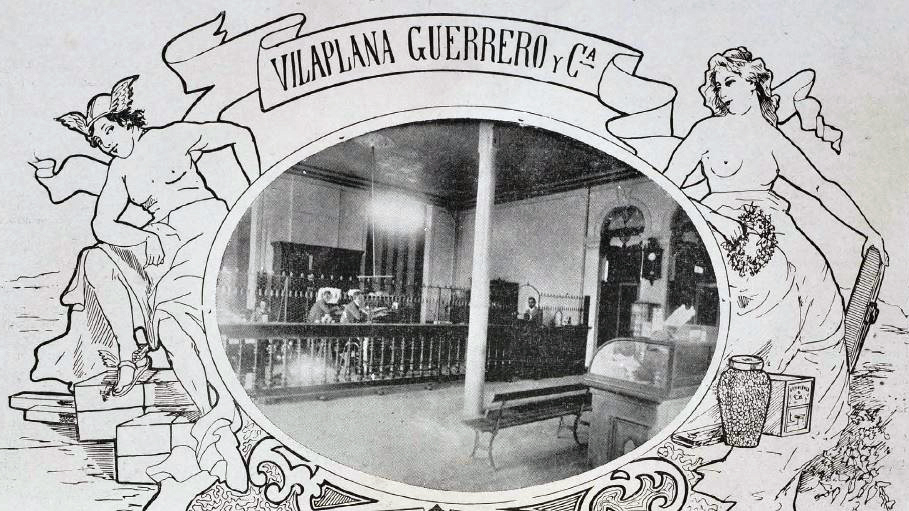
At the beginning of 1908, on the initiative of the manager Ernesto Barnach Calvo, the Sociedad de Ahorros Empleados de La Estrella was created. The company then had 450 workers. The project gave the expected result. When Dollero was at the factory in 1916, he wrote:
A detail that should not go unnoticed: its Savings Bank, which has been working admirably for about eight years. Created to encourage workers to save, it has managed to gather a capital of 170,000 pesos! It distributes profits of 8 to 9%, without investing the deposited funds in any random company, but exclusively in mortgages. It is a model Savings Bank: it does not incur general expenses. The premises, electricity, board of directors, accounting, everything is free for the lucky clients.
While this was happening, the triumphs at universal exhibitions endorsed the quality of the products. The Diario de la Marina highlighted this in 1909:
Not long ago, precisely, it won two major prizes. One at The International Crystal Palace London 1908, and another Le Grand Prix achieved at the International Exhibition of The Hague, adding two new diplomas to the three that had already been obtained, presenting their cookies, chocolates, sweets in syrup, and other products that are manufactured in La Estrella, in competition with the most accredited factories abroad.
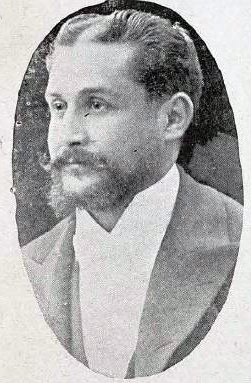
There is a very interesting reflection by the writer, who preferred to remain anonymous:
This and others like the industry that concerns us constitute the true source of wealth that Cuba has as a complement to the abundant agricultural fruits that our fertile fields produce. And being them, together with commerce, the base of the foundations for the prosperity of every country that, alien to fantastic ideas, seeks its well-being in itself, we should not skimp on the necessary attention to our own so that we do not find ourselves in the case of consuming of our own barely half of what is exported.
The awards received by La Estrella continued. In 1911 it won three prizes and a gold medal at the National Exhibition, held at the Quinta de los Molinos, in Havana, and in 1915 the Grand Prize at the International Exhibition in Panama. Another notable event was the appointment of Mariano Siré Pluyer, Santiago Solo Farrés, and Ricardo Uribarri Eguia as representatives of the Company. They would fill, in part, the void left by the death in 1914 of Luis Cajete Guerrero.
The Compañía Manufacturera Nacional S.A.
The Libro de Oro Hispano-Americano in 1917 reported that the company’s exports were concentrated in the United States, the Canary Islands, Europe and Central America. That was a year of changes for the company because, from July 28, it was merged into the Compañía Manufacturera Nacional S.A. along with Mestre y Martinica, La Constancia and Cuba Biscuit. The share capital of the new company was 7 million pesos. Ernesto B. Calvó would be the General Director and José Marimón, who was also the top executive of Banco Español, was elected as president.
In just six months after its constitution, sales rose to 2,580,631 pesos. It had more than 1,300 employees, most of whom were women, and the company’s executives were Spanish and Cuban, according to the extraordinary edition of Diario de la Marina, published in 1918.
In 1922, La Estrella was registered in the Secretariat of Agriculture, Commerce and Labor as the brand of the new company and covered the following products: chocolates, sweets, jams, bonbons, cookies, noodles, candy, and sugar. It would continue its journey in this way. A journey that, without a doubt, placed it at the top of the business history of Cuba.
________________________________________
Sources:
Libro de Oro Hispano-Americano, Sociedad Editorial Hispano Americana, 1917.
Adolfo Dollero: Cultura Cubana, El Siglo XX printing press, Havana, 1916.
Guillermo Jiménez Soler: Las empresas de Cuba 1958, Ciencias Sociales Publishing House, Havana, 2008.
Boletín Oficial de la Secretaría de Agricultura, Comercio y Trabajo, Havana, 1922.
Diario de la Marina
El Fígaro
Cuba y América

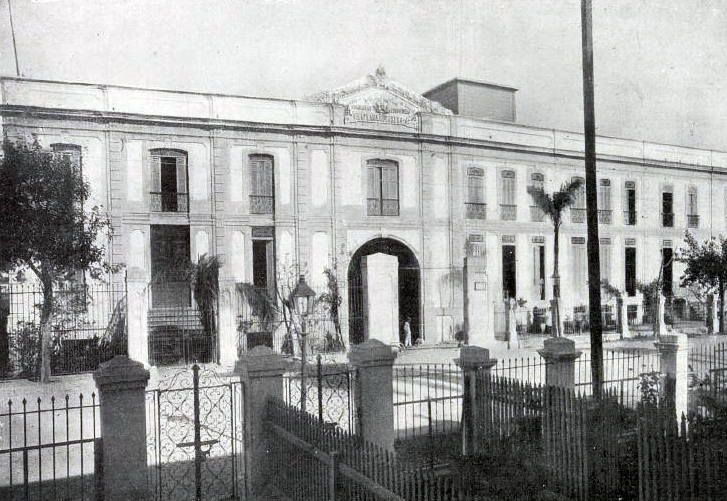







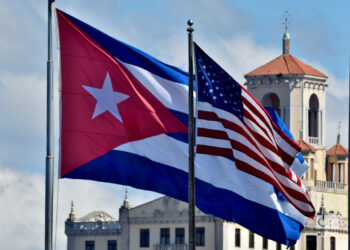
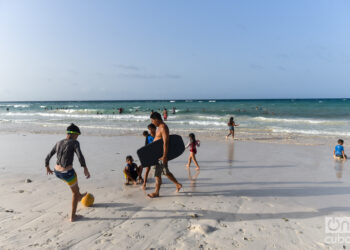
Hello. I am doing some research of my family history, and my great great grandparents owned a chocolate factory or mill in Cuban circa the early 1900s. My great great grandpa’s name was Fernando Cueria. Have you seen any documentation on which factory it was or guide me as to how to find out more information on it? Thank you.